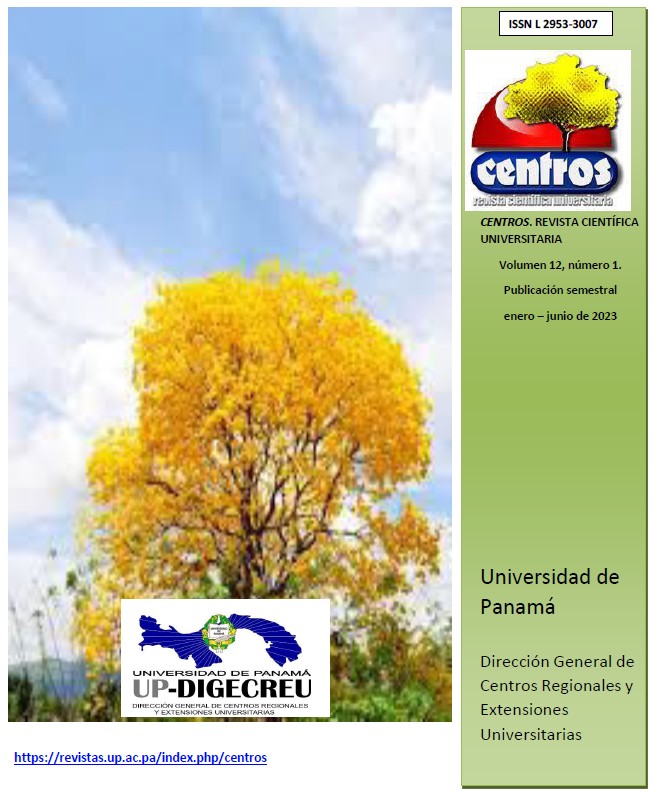


This work is licensed under a Creative Commons Attribution-NonCommercial-ShareAlike 4.0 International License.
The Azuero region is characterized by a characteristic topography, ranging from coastal plains, dominated by mangroves and salt flats, to hills and mountains. The entire peninsula experiences an intense dry season lasting four to five months. 16 species were recorded in the study. Progne chalybea was the species with the highest water sensitivity followed by Leptotila verreauxi and Columbina talpacoti. We want to monitor to obtain information that allows us to identify the bird species with greater sensitivity or water stress, we also want to investigate how they hydrate, since each species makes characteristic maneuvers to ingest water. The study focused on an artificial lake, with the coordinates 07
° 55.4728 ? N, 80 ° 24.5532 ? W, in the village of La Villa de Los Santos. The characteristic vegetation of the area is considered tropical dry forest (bs-T) with an average temperature of 28. 97.ºC, average annual rainfall of 778.75 mm. The statistical results show that the abundance trend is similar in both months according to the k dominance curve, however, the Wilcoxon index indicates that there is a significant difference. The Shannon index indicated low values of diversity in the two months and the Hutcheson t indicates that there is no significant difference in diversity according to the Shannon test. The need for lakes or ponds to mitigate the water needs in the Azuero region during the dry season is evident and that this action be considered by the wildlife protection programs in these areas.